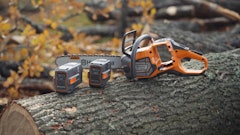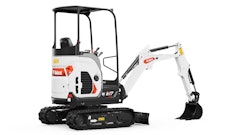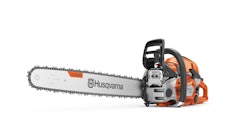
Let's take a look at some of the most common ornamental pests lawn care professionals may face and how to eradicate them.
1. Aphids
Aphids are mostly wingless and very small. They range in color from green, yellow, orange, black, etc. Aphids have a pear-shaped body with antennae that they hold back over their body. On the rear of the aphid, there are cornicles that look like two tail pipes. They have piercing sucking mouthparts which they use to suck out plant sugars and juices. Aphids produce honeydew as an excrement that can lead to sooty mold, which can be used as an indicator for a potential aphid problem. They can be found across the U.S. on various ornamental plants.
Aphids can somewhat be controlled with proper pruning, fertilization and watering practices. However, aphid populations can exponentiate overtime. Often, the most effective means of controlling a bad aphid infestation is with insecticide. There are many registered insecticides available and labeled for aphid control. Please be sure to read the label and make sure that the insecticide you do choose is labeled for the plant material you are spraying to avoid damage. Be sure to follow all insecticide label directions.
2. Bagworms
Bagworms are caterpillars that can defoliate a variety of ornamental plants but are mainly seen on trees and shrubs. They are most notable because of their tendency to make a “bag” around themselves from silk and pieces of debris from their host plant almost like a snail shell. The caterpillar is black in color. This is a unique moth species because the adult female never forms wings and will stay inside the “bag” she has made. They can be seen across the U.S. on various ornamental plants.
Bagworms are best treated by monitoring frequently and by hand removal immediately when first seen. However, some insecticides are necessary in large infestations.
3. Whiteflies
Whiteflies are very small like aphids and are not a true fly (Diptera) at all. They have small white wings and appear to have a triangular shape. They are similar to aphids because they have a piercing sucking mouthpart as well as excreting honeydew. They can also be found across the U.S. on various ornamental plants.
Whiteflies can be difficult to treat because in some areas they have become resistant to many chemical applications. Whiteflies can particularly be an issue in greenhouse settings. Removing heavily infested plants can be a good option for lowering populations. Systemic insecticides like imidacloprid can work well on controlling whiteflies but should be used only when necessary because they can have a negative effect on other insect populations that may be natural predators to whiteflies and other pests.
Treatment tricks
For bagworms and aphids, make sure you apply any insecticide under leaves and inside the plant foliage; sometimes insects can hide under leaves and in branch areas. Applying insecticides where insects live and hide is key to proper applications. These practices apply to turf as well. Applying the proper insecticide where the insect lives will be the appropriate application for that particular insect control.
Proper identification is also important in knowing how to control insect pests. University Extension offices are also a great resource for proper identification as well.
Timing is everything; some products prevent insect damage, other products control the insect after the insect is present. Read the label for those timing applications prior or after damage occur.


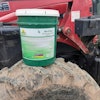

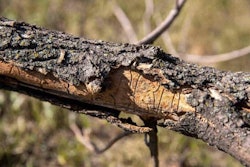
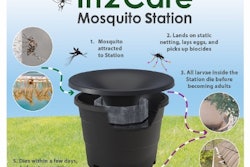
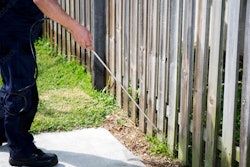
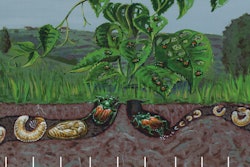






![Doosan Bobcat Wacker Neuson Stack 2ec Js Pb V6e[1]](https://img.greenindustrypros.com/mindful/acbm/workspaces/default/uploads/2025/12/doosan-bobcat-wacker-neuson-stack2ecjspbv6e1.CPyyz8ubHn.png?ar=16%3A9&auto=format%2Ccompress&bg=fff&fill-color=fff&fit=fill&h=135&q=70&w=240)
